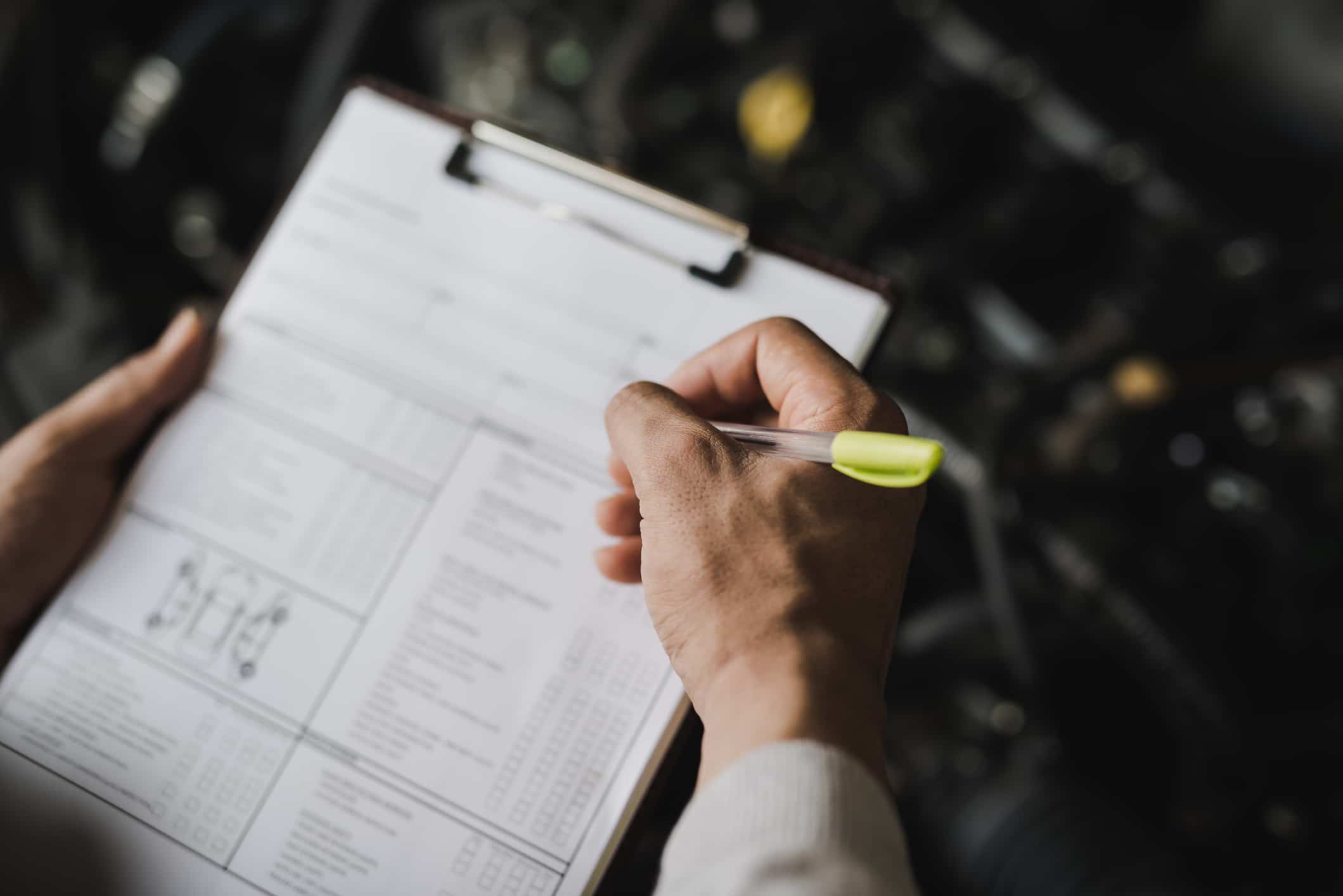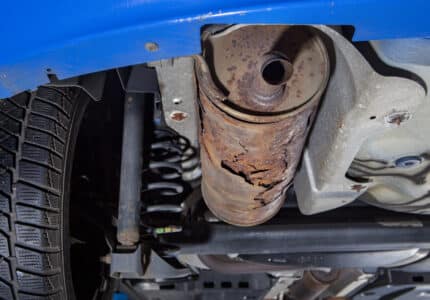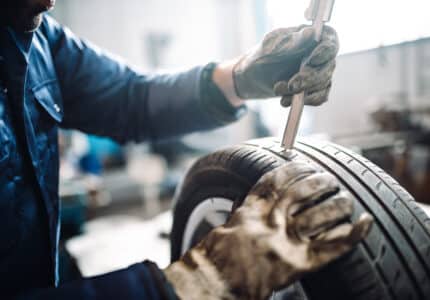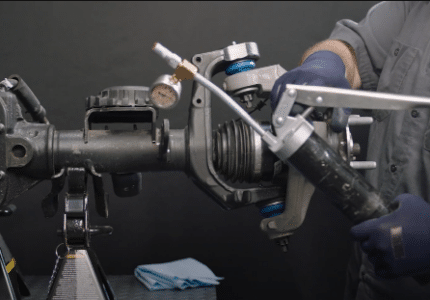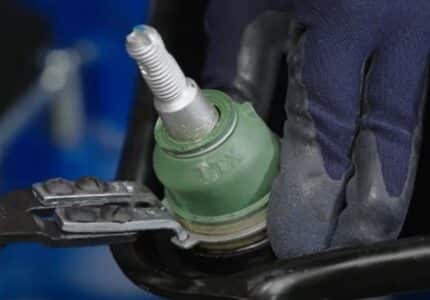DIAGNOSTIC TIPS FOR HUBS, LINKS AND BUSHINGS
When driving, the way a vehicle sounds, feels and handles can tell you a lot about the health of its chassis components, especially hubs, links and bushings. Wheel hub bearings, stabilizer bar end links and stabilizer bar bushings play a large role in the quality of a vehicle’s ride. As these parts begin to fail, driving pleasure and safety can be compromised.
It’s important to recognize the main causes of hub, link and bushing failure, the symptoms to watch out for and the tests you can perform. Here are some solid pointers from our experts:
Hub Bearings
Hub bearings allow for the friction-free movement and rotation of the wheel and tire assemblies.
Main Causes of Failure
Wear and tear, overheating, contamination and even poor installation can cause hub bearings to fail. Vehicle modifications, which change the vehicle’s geometry, can also overtax bearings and cause them to wear quicker.
Symptoms of a Worn Hub Bearing:
Noise when driving or breaking
Steering wheel play or vibrations
Uneven tire wear
Abnormal pulling
ABS warning light
Diagnostics
Chassis ears: Use these to accurately pinpoint noisy bearings.
Wheel shake down: Lift the vehicle and check the wheels for play at 12 and 6 o’clock. To confirm the fault is in the hubs, also look for movement at the gap between the break caliper bracket and the brake rotor.
Road test: While driving, use the vehicle’s weight transfer to identify and locate a noisy bearing.
STABILIZER BAR END LINKS
Stabilizer bar end links are responsible for transmitting suspension forces from one side of the vehicle to the other and keeping vehicle weight distributed evenly across all four tires.
Main Causes of Failure
Wear and tear, bad roads, aggressive driving, contamination and underlying issues such as worn bushings can cause premature failure. Raising or lowering a vehicle and the accompanying changes in vehicle geometry can also cause stabilizer bar ends to fail faster.
Symptoms of a Worn Link:
Popping or knocking noise
Reduced handling
Loose feeling in the steering
Diagnostics
Wheels loaded test: Feel for play while the wheels are on the ground.
Visual check: Look for loose, broken or damaged components.
Shake test: Hold the link firmly at the connecting rod and vigorously shake, feeling for any play.
STABILIZER BAR BUSHINGS
Stabilizer bar bushings hold the bar firmly in place as it transmits forces from one side of the suspension to the other.
Main Causes of Failure
General wear, bad roads, poor maintenance, corrosion and vehicle modifications can all cause the part to fail.
Symptoms of Worn Stabilizer Bar Bushings:
Clunking or rattling noise
Reduced handling
Poor stability on acceleration
Diagnostics
Wheels loaded test: Feel for play while the wheels are on the ground.
Visual inspection: Inspect bushings for wear and deformation.
Movement test: Firmly grasp the stabilizer bar as close to the bushings as possible and push up and down and side to side to try to induce movement.
With all of the above parts, movement usually means it’s time to install a replacement. Take a few minutes to watch our webinar, Diagnostic Tips For Hubs, Links and Bushings, to see first-hand how to spot and fix issues before they become big problems.
